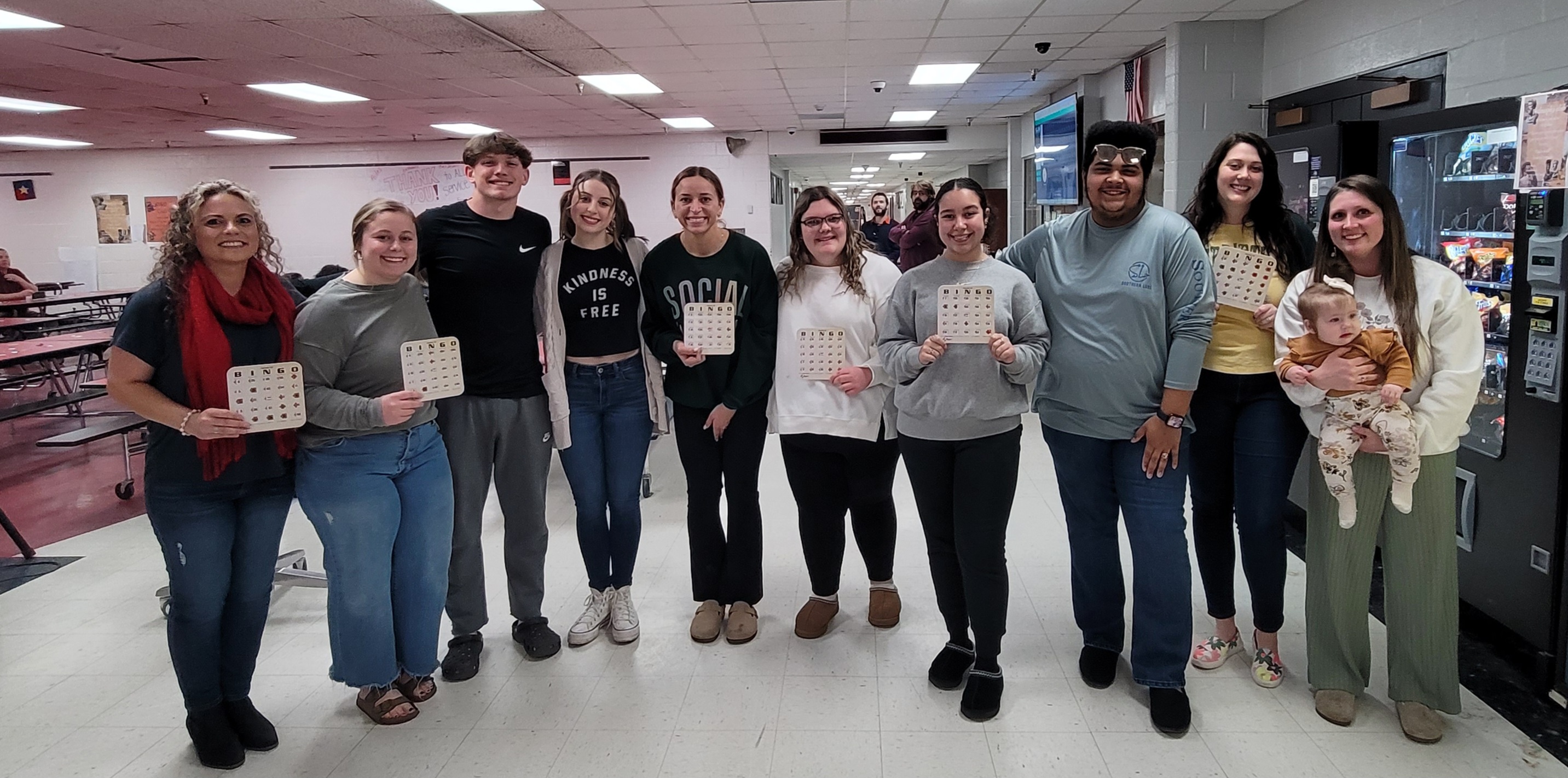|
Back to Prevention Stories
Family Engagement Night at Oak Hill High School
Hosted by:
Fayette Co FRN Drug-Free Communities

Please briefly describe your Communities Talk activity.
The Fayette Prevention Coalition partnered with Oak Hill High School to host a family engagement event that included Bingo and a Kahoot featuring alcohol prevention. Our local Lions Club donated $250 in prizes and we were able to provide information to every attendee on how to say no to alcohol along with other informative documents in our gift bags and more. We were able to provide 50 gift bags total, including family engagement activity suggestions, Talk They Hear You material and more. https://www.facebook.com/profile.php?id=100083090391125

How does alcohol and other drug misuse affect your community?

Our Integrated Community Engagement (ICE) data shows alcohol as still being the #1 issue in our community. We are working diligently to address it and looking for all options for help, research and all.

Which prevention strategy(ies), as defined by SAMHSA’s Center for Substance Abuse Prevention, best fit your Communities Talk activity?
- Environmental Strategy - focuses on establishing or changing community standards, codes, and attitudes thereby influencing incidence and prevalence of alcohol and other drug use within the community. The strategy depends on engaging a broad base of community partners, focuses on places and specific problems, and emphasizes public policy.
- Community-Based Process Strategy - focuses on enhancing the capacity of the community to address AOD issues through organizing, planning, collaboration, coalition building, and networking.
- Information Dissemination Strategy - focuses on improving awareness and knowledge of the effects of AOD issues on communities and families through “one-way” communication with the audience such as speaking engagements, health fairs, and distribution of print materials.
- Problem Identification and Referral Strategy - focuses on identifying individuals who have infrequently used or experimented with AOD who could change their behavior through education. The intention of the screening must be to determine the need for indicated prevention services and not treatment need.`
- Education Strategy - focuses on “two-way” communication between the facilitator and participants and aims to improve life/social skills such as decision making, refusal skills, and critical analysis.

What goal(s) did you hope to accomplish with your Communities Talk activity?
- Hold meetings or discussion groups on alcohol and/or other drug misuse prevention.

Did you accomplish your goal(s)?
Yes

What challenge(s) did you face in planning your activity this year?
- Lack of interest from the community
- Transportation in our rural area.

How did you overcome these challenges?
We partnered with Oak Hill High School to reach more parents and students. Their last engagement activity attendance was zero, so we increased 40% thanks to the stipend and partnership!

What are your next steps?

- Host follow-up meetings or activities

Organizations that conduct Communities Talk activities often involve other organizations in the planning and execution of events. Please indicate which type(s) of organizations you involved in your activity planning.
- Faith-based based organizations
- Law enforcement
- Youth-led organizations
- Charitable organizations
- Local businesses

Which of the following best describes the primary audience(s) for your Communities Talk activity?
- Youth
- Parents
- Teachers or other education staff
- Prevention specialists and volunteers
- Law enforcement officials
- Youth leaders (e.g., coaches, parks and recreation personnel, and scouting leaders)
- Lesbian, gay, bisexual, or transgender (LGBTQ) community members

How did you reach and engage your primary audience(s) to encourage them to participate in your activity?
We used social media and school outreach.

Which Communities Talk resources (or other SAMHSA resources) were most helpful for your activity?
|
|
Return to Prevention Stories